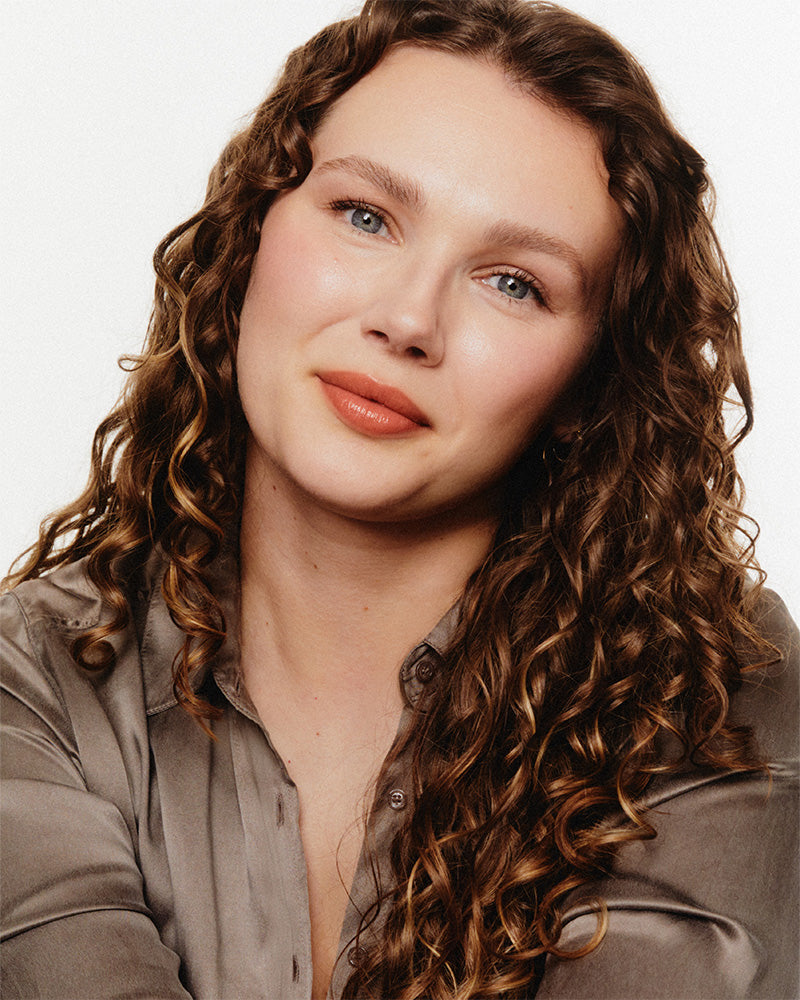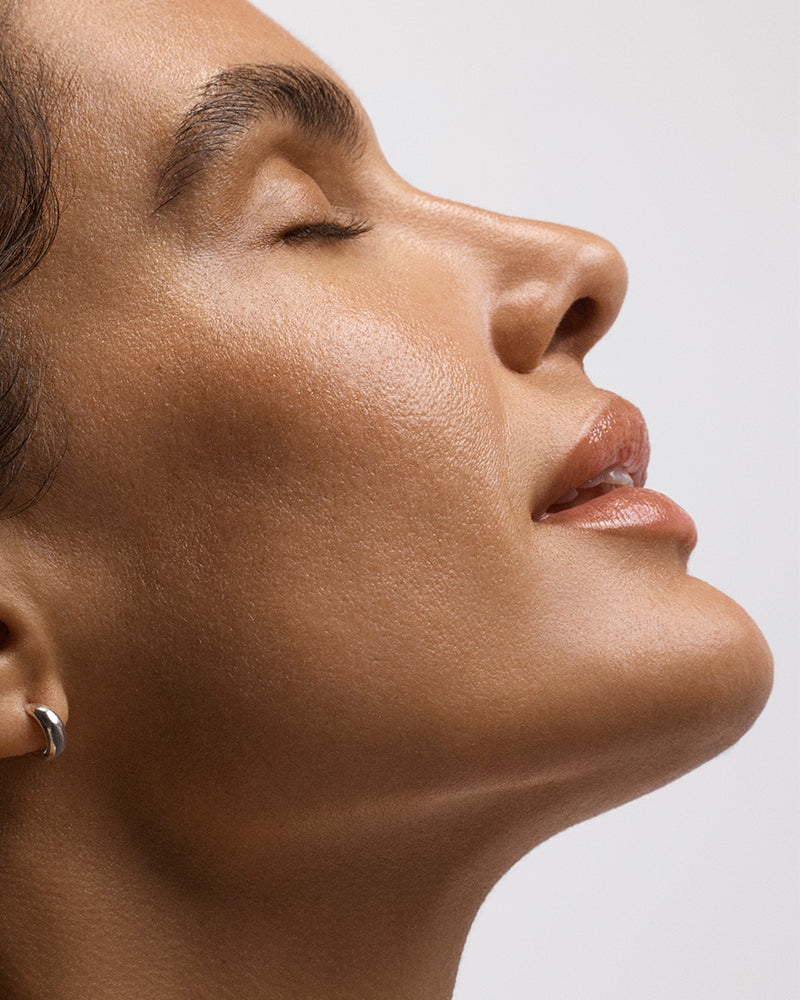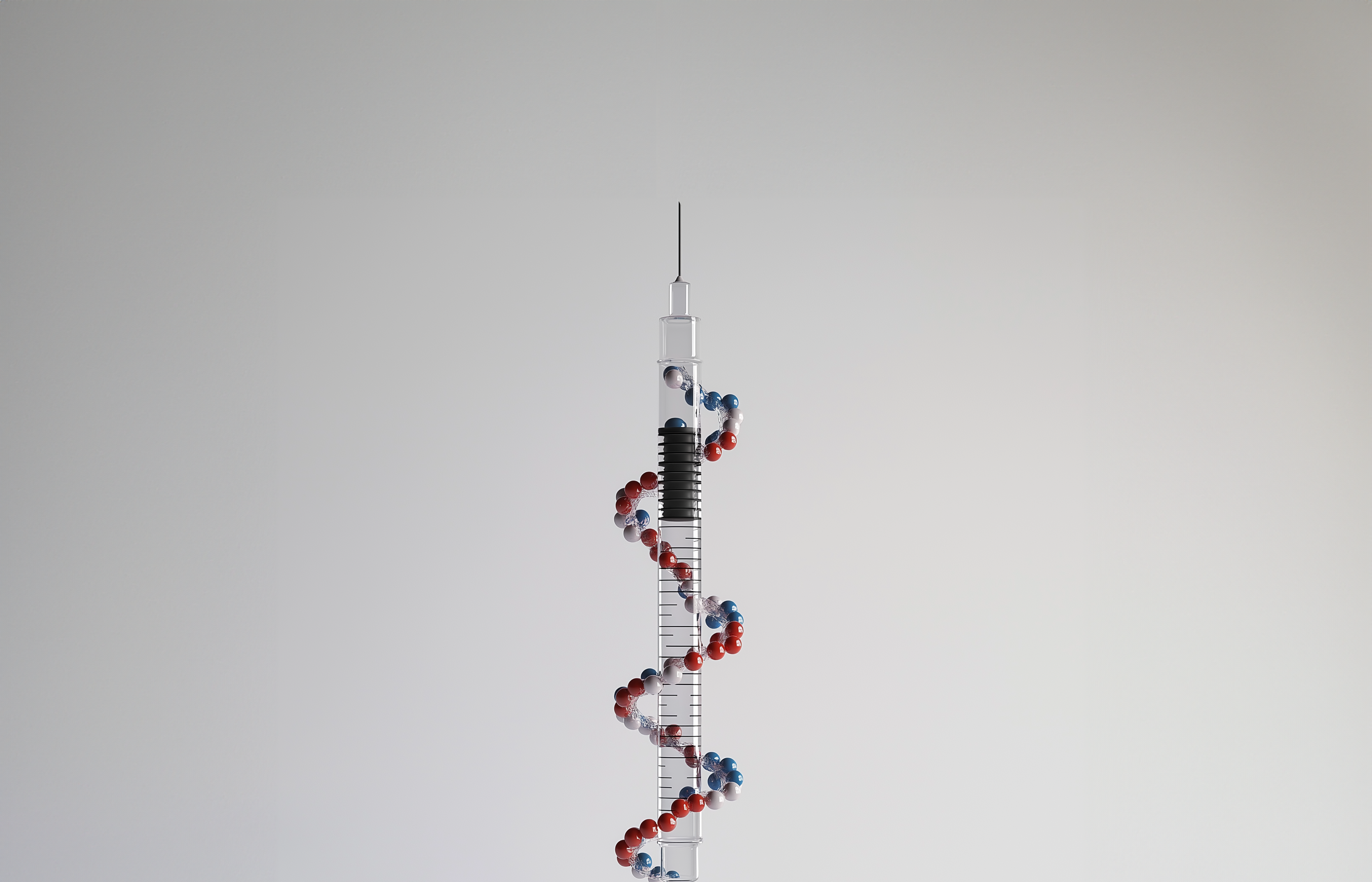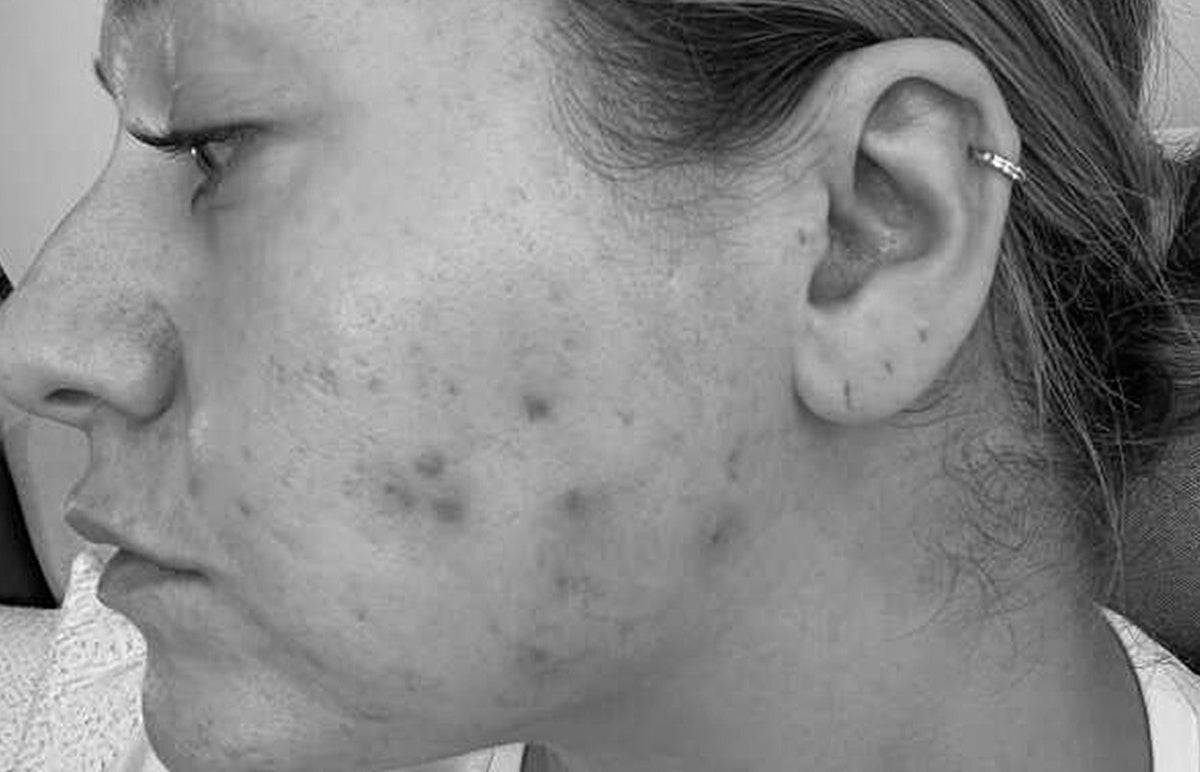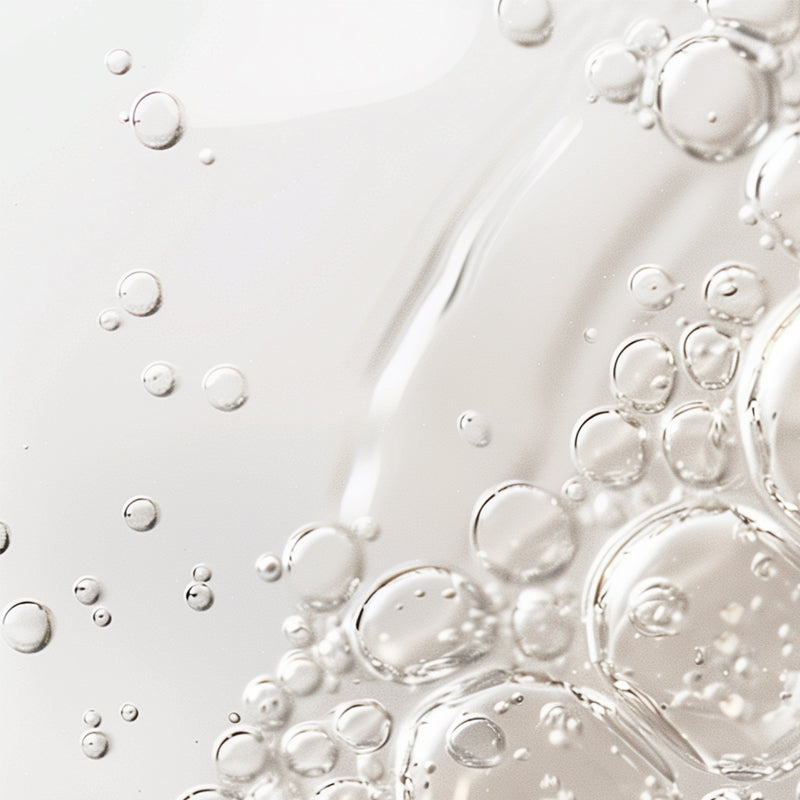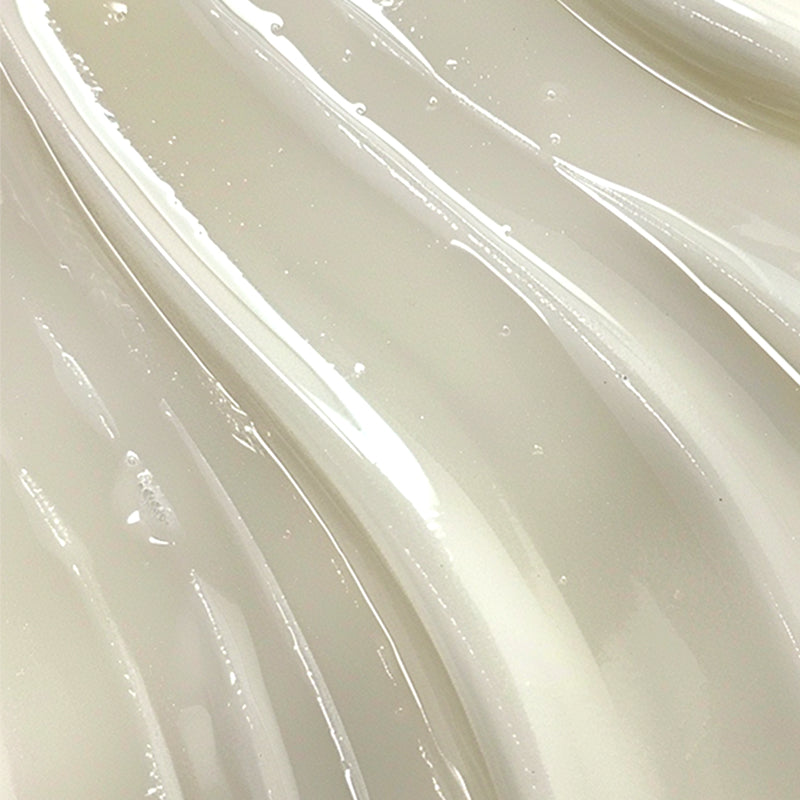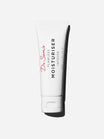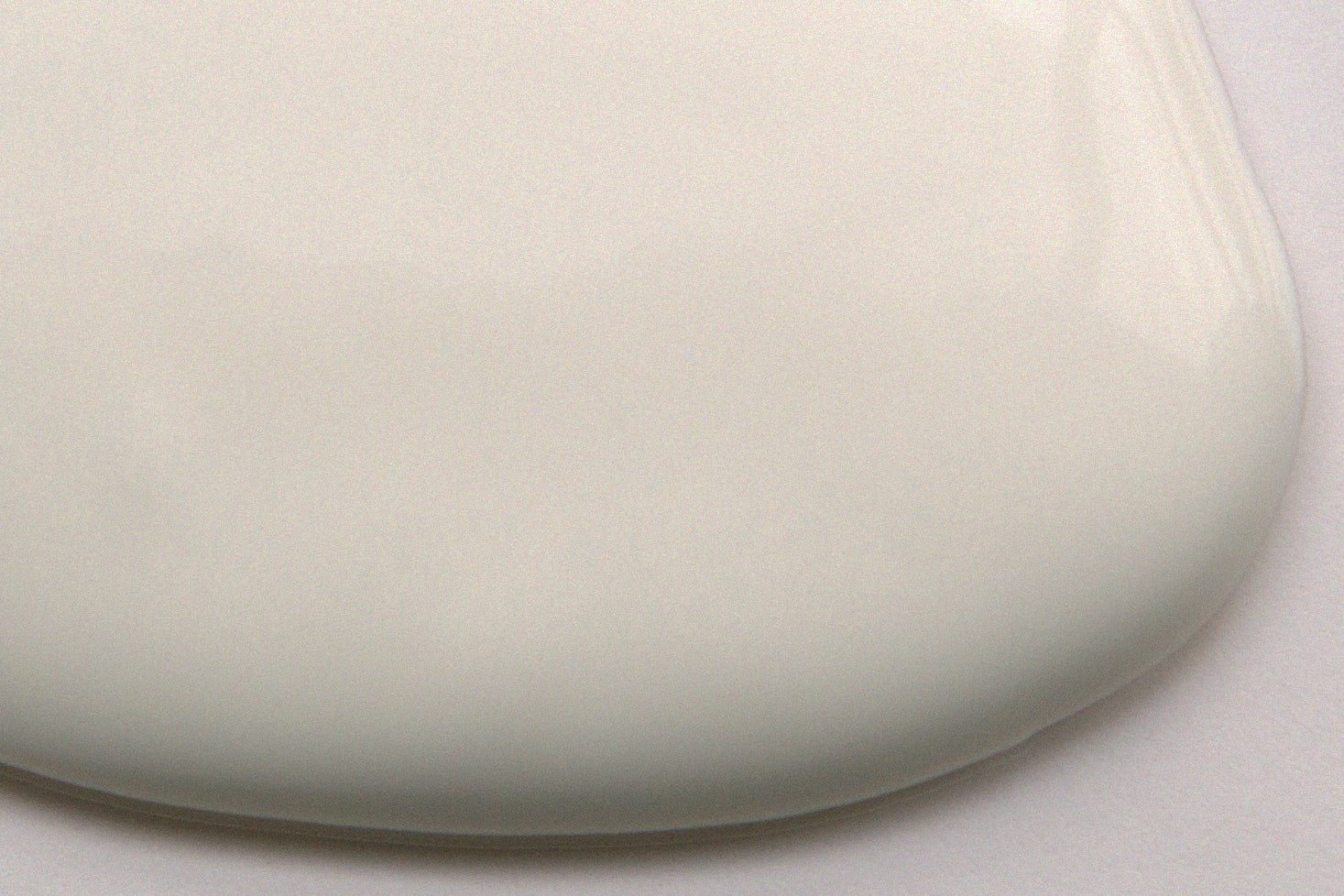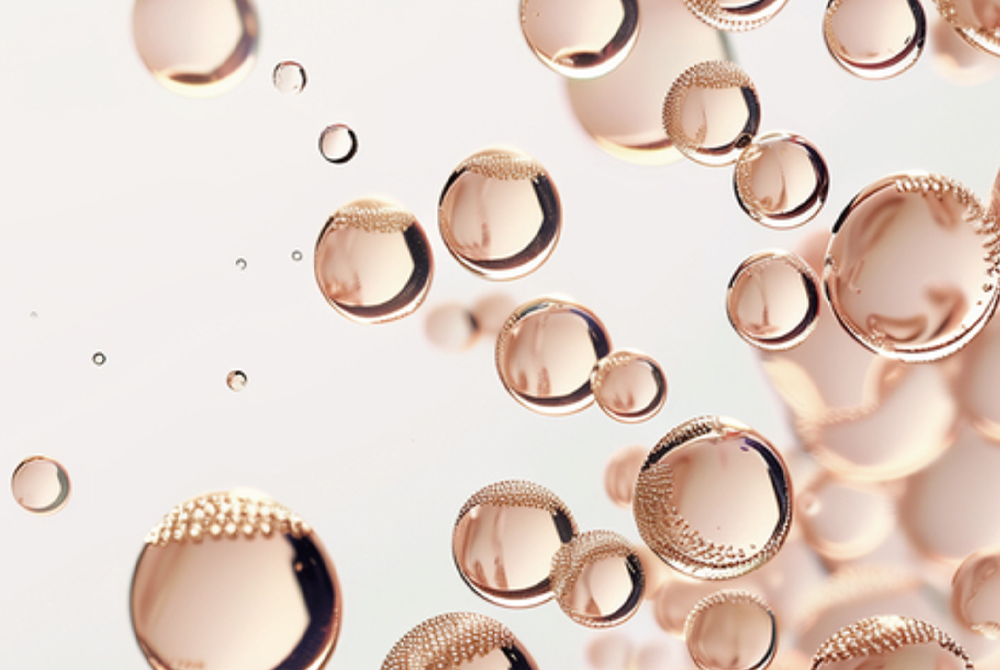Whether you’re a skincare newbie or a serious beauty buff, a sunscreen is an essential step in your routine to keep your skin protected. When it comes to the visible signs of skin ageing - wrinkles, sagging, brown spots, uneven texture and broken capillaries - a whopping 80% of that damage is caused by UV exposure! Wearing daily sunscreen is now proven to reduce the signs of ageing so it’s a pivotal tool when building an effective skincare routine.
How To Choose A Sunscreen
The best SPF for you is the one you’ll use everyday. Formulations in the past left a lot to be desired - many had a tendency to feel sticky or greasy; clogged pores were a common side effect and a white cast was the norm. Thankfully, today's formulas have vastly improved and there’s truly an SPF for everyone.
How To Read A Sunscreen Label
Getting to grips with sunscreen labelling is key to understanding how much protection is being offered. The different systems in use can add a layer of complexity so here’s what’s really important.
We need to appreciate the role of the 2 important types of UV radiation - UVB rays are responsible for sunburn whilst UVA rays contribute to skin ageing. We all know to slather ourselves in sun cream when we’re on a relaxing beach holiday in order not to burn. But when it comes to aging prevention, we need to be conscious of the fact that UVA rays are present all-year round, come rain or shine. Even if you live in a cold, wet climate that rarely gets sunshine (like the UK!) your skin is at risk of cumulative UVA exposure.
So when it comes to that confusing sunscreen label, remember that the SPF indicates the level of protection against UVB rays. Aim high. For broad spectrum sunscreen, the symbol of a circle with UVA inside tells you there’s a high level of UVA protection too, in proportion to the SPF. That’s why we choose the highest SPF possible - because it will also have the highest UVA protection to protect your skin from ageing. Remember that SPF 30 blocks approximately 96.8% of UVB rays and SPF 50 blocks 98%. That might seem like a miniscule difference on the surface but it equates to 50% more UVB exposure to your skin if you choose the lower SPF factor - over months, years and decades that additional transmitted UV matters. My advice - always go high!
How To Apply Sunscreen
The most important thing with sunscreen is to apply the correct dose. The SPF factor is only guaranteed if you apply enough product and it’s more than you might think! You need 2 milligrams per square centimetre. That translates to a quarter of a teaspoon for the face and a shot glass amount (30ml) for the whole body.
To make application easier, apply two thin layers using the 13 Dot Technique to ensure there’s no missed areas. Just like painting a wall, you want an even layer all over the skin - always reapply it every 120 minutes when in direct sunlight.
Of note, your sunscreen has been formulated to use it straight from the bottle - do not mix it with other cosmetics! This is an incredibly common practice, but it’s absolutely forbidden. You wouldn’t mix your medicine in with your multivitamin, so treat your sunscreen the same. Always use your sunscreen neat!
Is Mineral or Chemical Sunscreen Better?
Sunscreens protect the skin from UV rays using chemical or mineral filters. Chemical filters work like sponges by absorbing UV rays, while mineral filters act to both reflect and absorb UV rays.
I find that mineral sunscreens tend to work best for those with very sensitive skin and concerns like eczema, perioral dermatitis and rosacea. Flawless Gossamer is a mineral sunscreen which comes in both a tinted and untinted version to protect and perfect for a healthy glow. Flawless Sunscreen is a hybrid of mineral and chemical filters which is boosted with niacinamide for antioxidant protection, making it a great choice for those with acne-prone skin too.
On the whole, providing you like the texture and finish of the sunscreen, it doesn’t matter which type you choose, as long as it's broad spectrum.
Coaching patients to build a daily sunscreen habit can be one of the challenging parts of my clinical practice but it’s also one of the most rewarding. Start this habit early enough and it’s astounding the difference it can make to skin quality. Find the one you love and it’s the cornerstone upon which you’ll start to build out a routine with active ingredients.

